Home>Gardening & Outdoor>Landscaping Ideas>How To Remove Existing Grass For New Sod
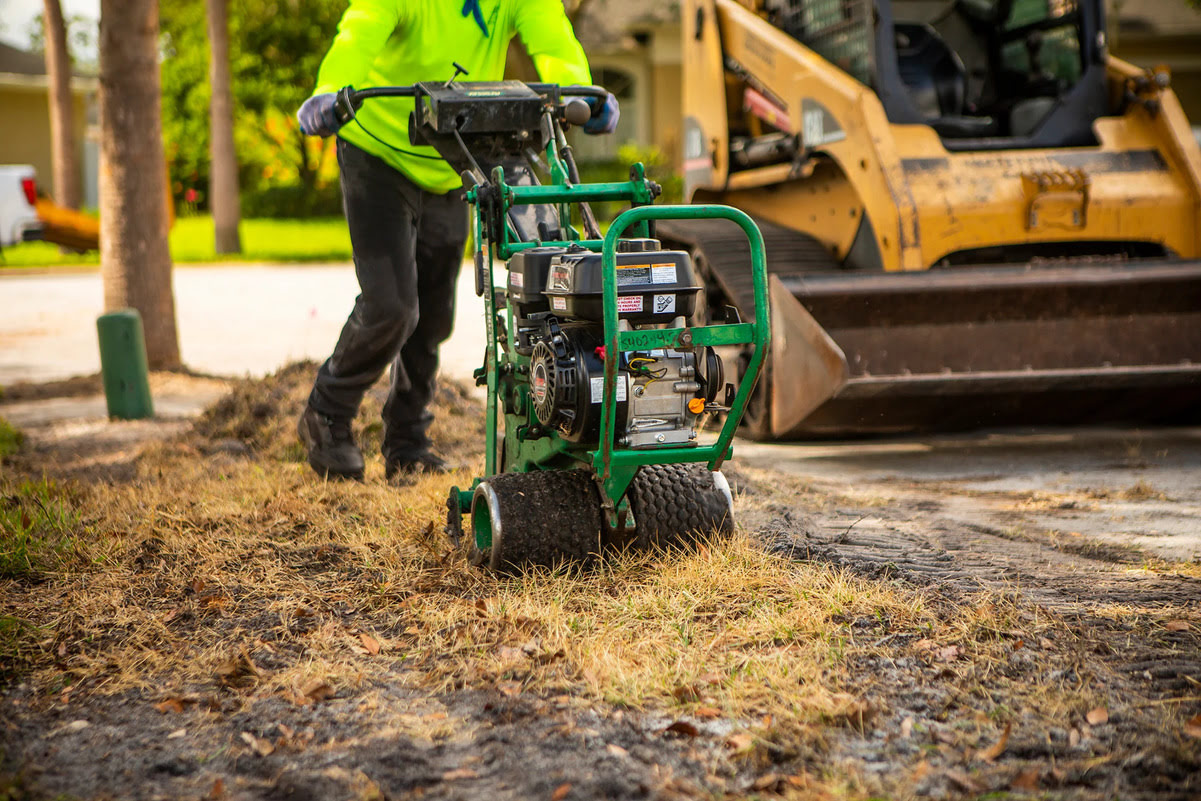

Landscaping Ideas
How To Remove Existing Grass For New Sod
Modified: February 18, 2024
Learn effective landscaping ideas for removing existing grass and preparing the ground for new sod. Get expert tips and techniques for a successful lawn transformation. Ideal for homeowners looking to enhance their outdoor space.
(Many of the links in this article redirect to a specific reviewed product. Your purchase of these products through affiliate links helps to generate commission for Storables.com, at no extra cost. Learn more)
Introduction
When it comes to transforming your outdoor space with fresh, vibrant sod, one of the crucial steps is to prepare the area by removing the existing grass. This process sets the stage for the successful installation of new sod, ensuring that it takes root and thrives in its new environment. Whether you're revitalizing a small backyard or revamping a sprawling lawn, the process of removing existing grass for new sod is a fundamental aspect of landscaping.
By following a systematic approach, you can effectively clear the area, allowing the new sod to establish itself and flourish. This comprehensive guide will walk you through the essential steps, from assessing the area to preparing the soil, equipping you with the knowledge and techniques needed to achieve a lush and verdant lawn.
As you embark on this endeavor, envision the end result – a verdant, inviting expanse of grass that enhances the beauty of your outdoor space. With the right tools, techniques, and a touch of determination, you can transform your landscape into a captivating oasis. So, let's delve into the step-by-step process of removing existing grass to make way for new sod, and set the stage for a stunning outdoor transformation.
Key Takeaways:
- Removing existing grass for new sod involves assessing the area, choosing the right tools, cutting the old grass, removing it, and preparing the soil. This ensures a smooth transition and vibrant, enduring landscape.
- By meticulously following the steps to remove old grass and prepare the soil, you can create a lush and inviting outdoor space with new sod. It’s a labor of love that yields a captivating and enduring landscape transformation.
Read more: How To Sod A Yard With Existing Grass
Step 1: Assess the area
Before diving into the process of removing existing grass for new sod, it's crucial to assess the area thoroughly. This initial step sets the foundation for the entire project, allowing you to gain a clear understanding of the landscape and its unique characteristics.
Begin by surveying the terrain, taking note of any uneven areas, compacted soil, or existing debris. This assessment will help you identify potential challenges that may need to be addressed before laying down new sod. Additionally, consider the current state of the grass – is it sparse and patchy, overrun with weeds, or healthy but in need of a refresh?
Next, evaluate the soil quality and drainage patterns. Healthy sod requires well-draining soil to thrive, so it's essential to assess the soil's composition and its ability to absorb water. This step will guide you in determining if any amendments, such as compost or topsoil, are necessary to optimize the soil for the new sod.
Furthermore, take into account the amount of sunlight the area receives throughout the day. Different grass varieties have specific sunlight requirements, so understanding the sunlight exposure in the designated area will help you select the most suitable sod for your landscape.
Consider the overall layout of the space and how the new sod will integrate with existing landscaping features. Are there trees, shrubs, or hardscape elements that may impact the sod's growth? By assessing these factors, you can plan for any necessary adjustments or accommodations to ensure the successful establishment of the new sod.
Lastly, take measurements of the area to determine the amount of sod required for the project. This step will prevent under or overestimating the quantity of sod needed, allowing for a more accurate budget and efficient planning.
By thoroughly assessing the area, you gain valuable insights that will inform the subsequent steps of the process. This proactive approach sets the stage for a seamless transition from existing grass to vibrant new sod, ensuring a visually appealing and enduring landscape transformation.
Step 2: Choose the right tools
Selecting the appropriate tools for removing existing grass is essential for a smooth and efficient transition to new sod. Equipping yourself with the right implements will streamline the process, making it more manageable and yielding superior results.
Tools for Cutting and Removing Grass
-
Sod Cutter: This powerful machine is designed to swiftly and precisely cut through existing grass, allowing for easy removal. Sod cutters are available in various sizes, from walk-behind models suitable for small to medium-sized areas, to larger, ride-on versions for expansive landscapes. The adjustable cutting depth feature ensures that the existing grass and its root system are cleanly severed, facilitating a seamless transition to new sod.
-
Shovel or Spade: A sturdy shovel or spade is indispensable for manually removing patches of grass and digging out stubborn roots. This tool is particularly useful for tackling areas that may be inaccessible to the sod cutter, such as along the edges of flower beds or around landscaping features.
-
Mattock or Pickaxe: For areas with compacted soil or dense root systems, a mattock or pickaxe can be invaluable. These tools provide the leverage and cutting power needed to break up compacted soil and extract tenacious roots, ensuring a thorough clearing of the area.
Tools for Soil Preparation
-
Rake: A durable rake is essential for leveling the soil and removing debris after the grass has been cleared. It aids in creating a smooth, even surface, preparing the soil for the seamless installation of new sod.
-
Soil Amendments: Depending on the soil assessment conducted in the initial step, soil amendments such as compost, topsoil, or organic matter may be necessary to enhance the soil's fertility and structure. These amendments can be applied using a shovel or rake to ensure even distribution throughout the area.
Read more: How Often To Water New Grass Sod
Personal Protective Equipment (PPE)
-
Gloves: Sturdy, well-fitted gloves provide protection against blisters, cuts, and abrasions while handling tools and working with soil and grass.
-
Safety Glasses: When using power tools or performing tasks that may generate debris, safety glasses are essential for eye protection.
By carefully selecting and preparing the right tools for the task at hand, you set the stage for a successful transition from existing grass to new sod. With the proper implements and protective gear in hand, you are poised to embark on the next steps of the process, ensuring a seamless and rewarding landscaping endeavor.
Step 3: Cut the existing grass
With the area thoroughly assessed and the right tools at your disposal, it's time to embark on the pivotal step of cutting the existing grass to prepare for the installation of new sod. This process requires precision and attention to detail to ensure the seamless removal of the old turf, setting the stage for a fresh and vibrant landscape transformation.
Utilizing the Sod Cutter
The sod cutter, a powerful and versatile machine, is the primary tool for efficiently cutting through the existing grass. Before operating the sod cutter, it's essential to adjust the cutting depth to the appropriate setting, ensuring that the machine cleanly severs the grass and its root system. This precision is crucial for facilitating the smooth removal of the old turf, minimizing disruption to the underlying soil.
As you guide the sod cutter across the designated area, maintain a steady and deliberate pace to achieve consistent cutting depth and coverage. The machine's sharp blades swiftly slice through the grass, cleanly lifting the turf from the soil. By methodically maneuvering the sod cutter, you can systematically clear the entire area, creating a clean slate for the installation of new sod.
Addressing Challenging Areas
In areas where the sod cutter may be less effective, such as along the edges of flower beds or around landscaping features, a sturdy shovel or spade becomes invaluable. These manual tools allow for precise cutting and removal of grass patches, ensuring that no area is left untouched. Additionally, for sections with compacted soil or dense root systems, a mattock or pickaxe provides the necessary leverage and cutting power to break up the soil and extract tenacious roots, facilitating thorough clearing.
Read more: How To Remove Grass Before Laying Sod
Ensuring Precision and Thoroughness
Throughout the cutting process, it's essential to maintain a keen eye for detail, ensuring that the existing grass is uniformly and completely removed. By meticulously addressing every section of the designated area, you create an optimal foundation for the new sod, setting the stage for its successful establishment and growth.
By methodically cutting the existing grass with precision and care, you pave the way for the subsequent steps of removing the old turf and preparing the soil for the installation of new sod. This meticulous approach ensures that the transition from existing grass to fresh sod is seamless, setting the stage for a vibrant and enduring landscape transformation.
Step 4: Remove the grass and roots
With the existing grass cleanly cut and the soil exposed, the next crucial step is the thorough removal of the old turf and its underlying root system. This meticulous process sets the stage for the successful integration of new sod, ensuring that it takes root and flourishes in the revitalized landscape.
Clearing the Cut Grass
As the freshly cut grass lies atop the exposed soil, it's essential to swiftly gather and clear it from the area. Utilizing a sturdy rake, carefully gather the cut grass, creating tidy piles for efficient removal. By promptly clearing the severed turf, you prevent it from impeding the subsequent steps and ensure a clean canvas for the installation of new sod.
Extracting the Root System
While the sod cutter effectively severs the grass from the soil, remnants of the root system may still linger beneath the surface. To achieve a thorough removal, employ a sturdy shovel or spade to carefully extract any remaining roots. By diligently addressing these remnants, you create an optimal environment for the new sod to establish itself without competition from the remnants of the old turf.
Addressing Persistent Weeds
In some instances, persistent weeds may have taken root within the existing grass. It's imperative to meticulously remove these weeds, ensuring that no traces remain to impede the growth of the new sod. By diligently addressing any weed infestations, you prevent potential competition for resources and create a conducive environment for the successful establishment of the fresh sod.
Ensuring Soil Clarity
As the grass and roots are meticulously removed, take the opportunity to assess the soil for any lingering debris or irregularities. Utilize a rake to level the soil and remove any remaining debris, creating a smooth and even surface. This preparatory step sets the stage for the seamless integration of new sod, ensuring that it makes direct contact with the well-prepared soil.
By meticulously removing the old grass and its root system, you create an optimal foundation for the installation of new sod. This meticulous process ensures that the new turf has the best possible environment to establish itself and thrive, setting the stage for a vibrant and enduring landscape transformation.
Step 5: Prepare the soil for new sod
With the existing grass and roots meticulously removed, the focus now shifts to the vital task of preparing the soil for the seamless integration of new sod. This pivotal step lays the groundwork for the successful establishment and enduring vitality of the fresh turf, ensuring that it takes root and flourishes in the revitalized landscape.
Soil Assessment and Amendments
Before laying down the new sod, it's essential to conduct a comprehensive assessment of the soil to determine its composition and fertility. This evaluation provides valuable insights into any deficiencies or imbalances that may hinder the growth of the new turf. Depending on the soil analysis, amendments such as compost, topsoil, or organic matter may be necessary to enhance the soil's structure and nutrient content. By addressing any soil deficiencies, you create an optimal environment for the new sod to thrive, setting the stage for a lush and resilient lawn.
Read more: How To Maintain Sod Grass
Leveling and Compaction
A crucial aspect of soil preparation involves leveling the terrain to create a smooth and uniform surface for the installation of new sod. Utilizing a sturdy rake, carefully level the soil, addressing any uneven areas and creating a consistent foundation for the fresh turf. Additionally, compact the soil gently to ensure firmness without excessive compaction, promoting favorable conditions for the establishment of the new sod's root system.
Irrigation and Moisture Management
Proper irrigation is paramount to the successful integration of new sod, as it facilitates the initial establishment and subsequent growth of the fresh turf. Before laying down the sod, ensure that the soil is adequately moist, promoting favorable conditions for root penetration and establishment. Following the installation of the new turf, maintain a consistent watering regimen to support its initial growth and ensure that it takes root effectively.
Final Soil Preparation
As the soil is meticulously amended, leveled, and moistened, take the opportunity to conduct a final assessment of the terrain. Remove any remaining debris and ensure that the soil is in optimal condition for the seamless installation of new sod. By meticulously preparing the soil, you create an ideal foundation for the new turf, setting the stage for its successful establishment and enduring vitality.
By meticulously preparing the soil for the installation of new sod, you ensure that the fresh turf has the best possible environment to take root and thrive. This comprehensive process sets the stage for a vibrant and enduring landscape transformation, culminating in a lush and inviting outdoor space.
Conclusion
As you conclude the meticulous process of removing existing grass for new sod, envision the transformation that awaits your outdoor space. The journey from assessing the area to preparing the soil has been a deliberate and purposeful endeavor, laying the groundwork for a vibrant and enduring landscape. The removal of the old turf and the meticulous preparation of the soil have set the stage for the seamless integration of new sod, ensuring that it takes root and flourishes in its revitalized environment.
With the area thoroughly assessed, the right tools selected, and the existing grass meticulously cut and removed, you have paved the way for a visually stunning and enduring landscape transformation. The soil has been carefully prepared, addressing any deficiencies and creating an optimal environment for the new sod to thrive. The stage is set for the installation of fresh, vibrant turf that will breathe new life into your outdoor space.
As you look ahead to the installation of new sod, anticipate the verdant expanse that will unfold before your eyes. The lush, inviting carpet of grass will not only enhance the aesthetic appeal of your landscape but also provide a welcoming outdoor haven for relaxation and recreation. The meticulous process of removing existing grass for new sod has been a labor of love, driven by the vision of a captivating and enduring outdoor oasis.
In the coming days, as the new sod takes root and begins to flourish, take a moment to appreciate the transformation that has taken place. The once tired and worn-out turf has given way to a rejuvenated and vibrant landscape, a testament to your dedication and meticulous approach. The lush expanse of fresh sod serves as a canvas for new memories, gatherings, and moments of tranquility in the embrace of nature.
As you witness the new sod thriving and evolving, take pride in knowing that your efforts have yielded a landscape that is not only visually captivating but also enduring and resilient. The removal of existing grass for new sod has been a journey of rejuvenation, breathing new life into your outdoor space and setting the stage for a captivating and enduring landscape transformation.
Frequently Asked Questions about How To Remove Existing Grass For New Sod
Was this page helpful?
At Storables.com, we guarantee accurate and reliable information. Our content, validated by Expert Board Contributors, is crafted following stringent Editorial Policies. We're committed to providing you with well-researched, expert-backed insights for all your informational needs.
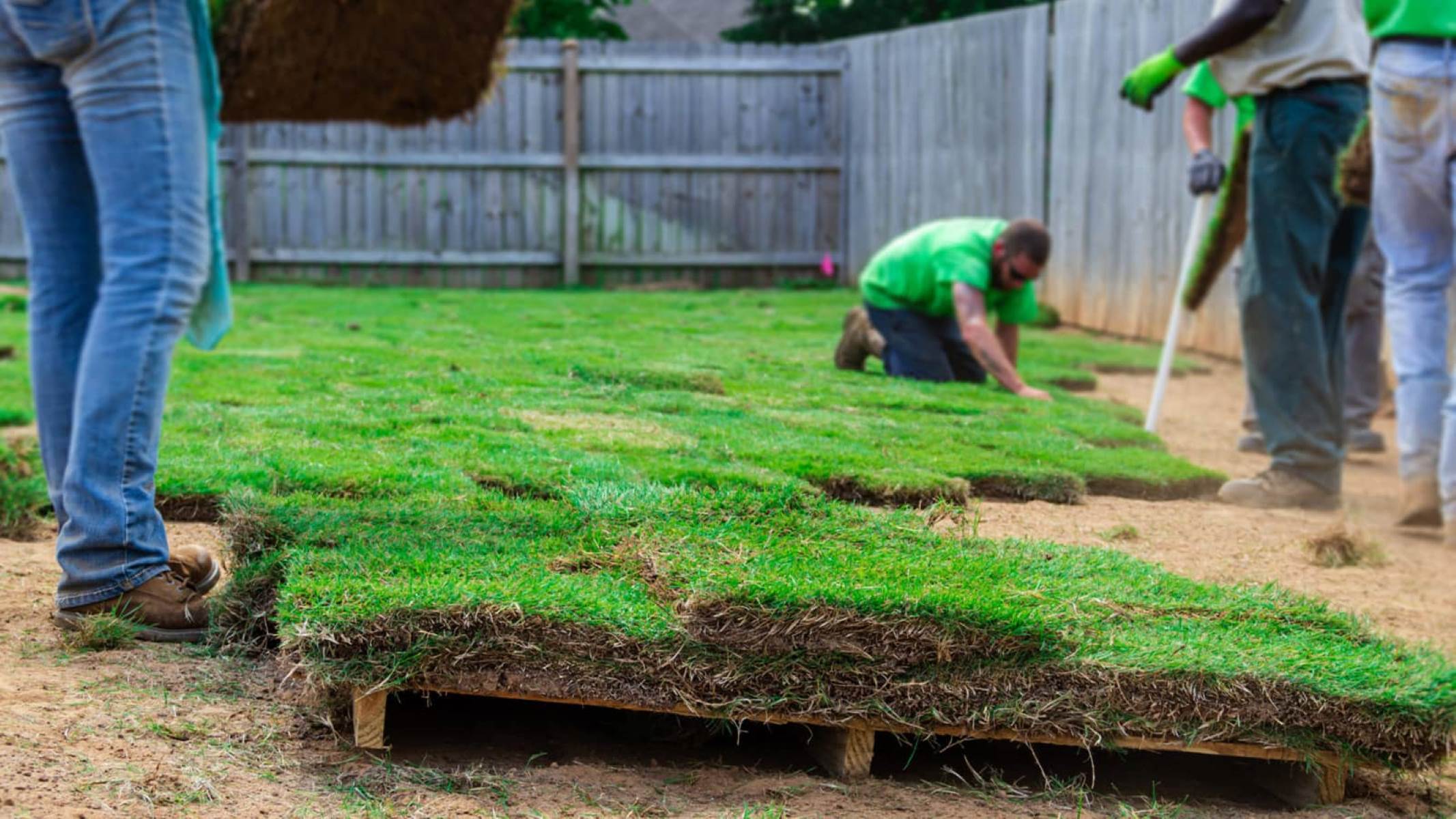
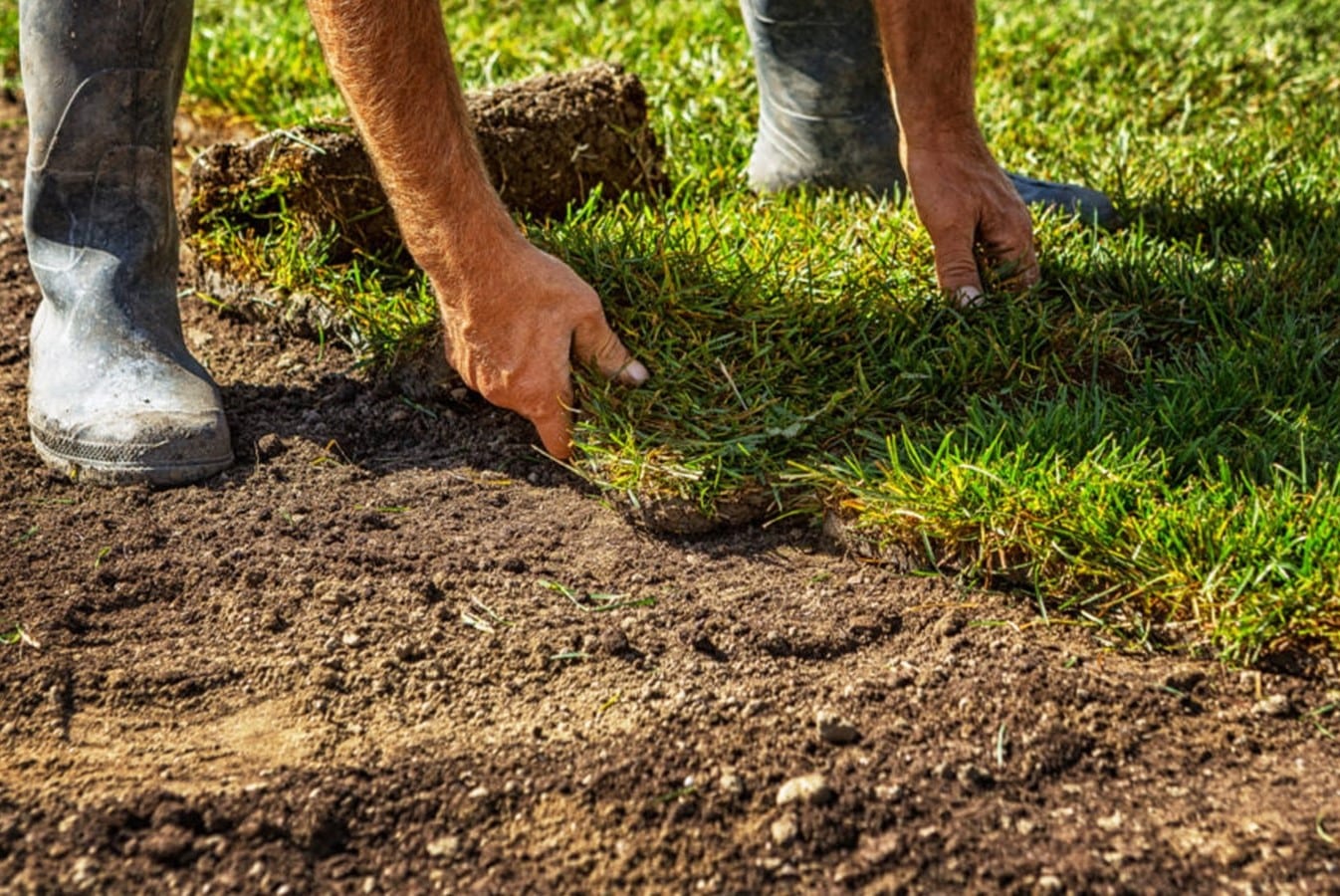
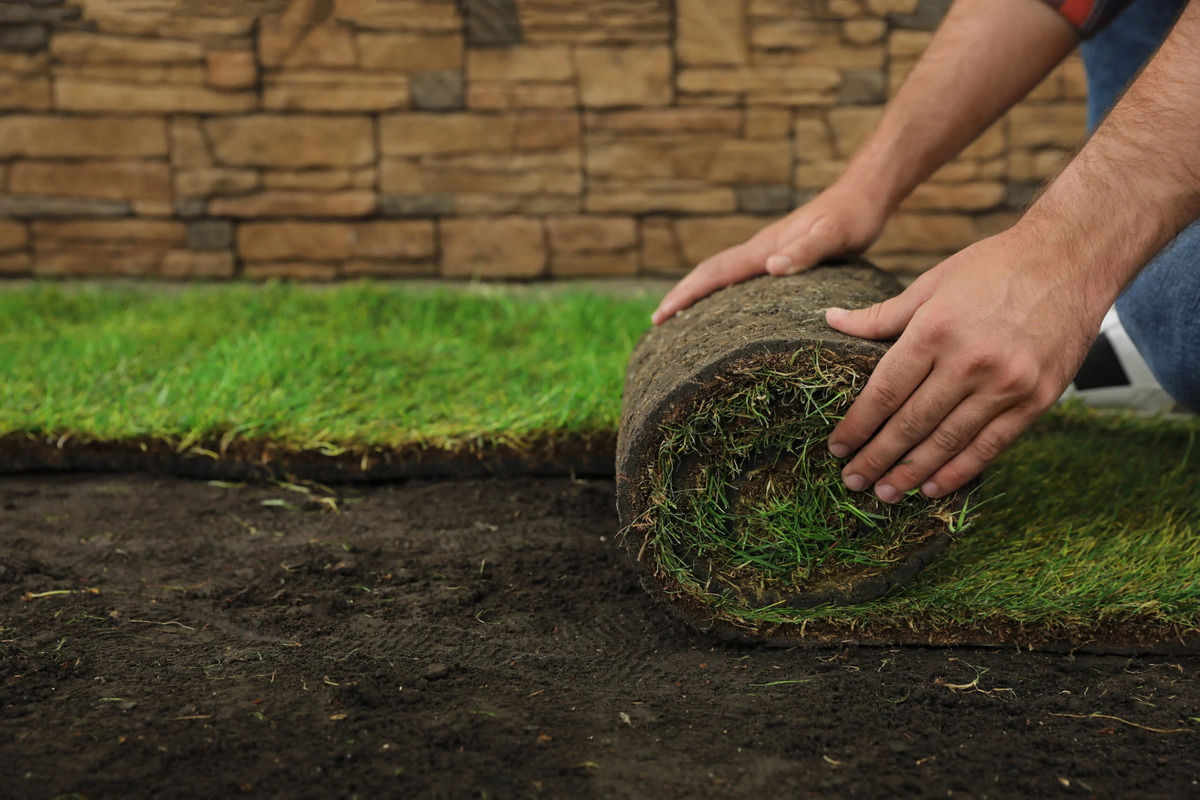
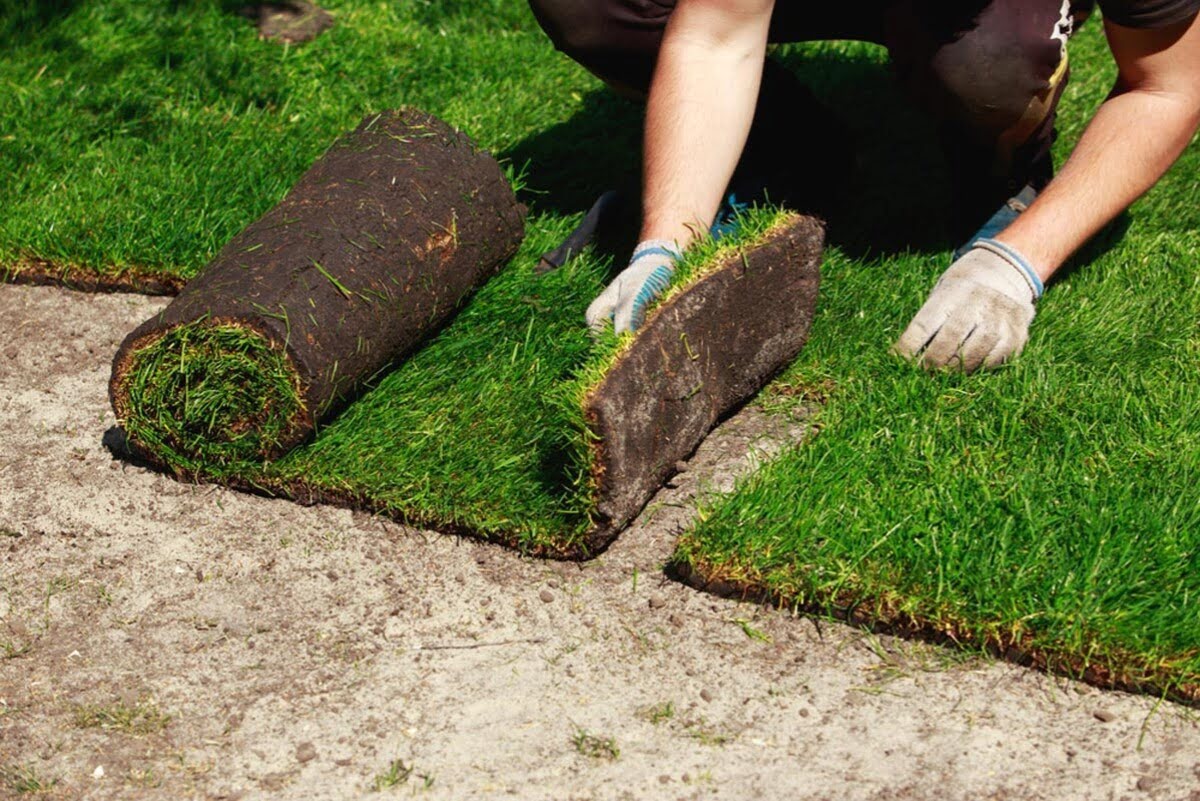
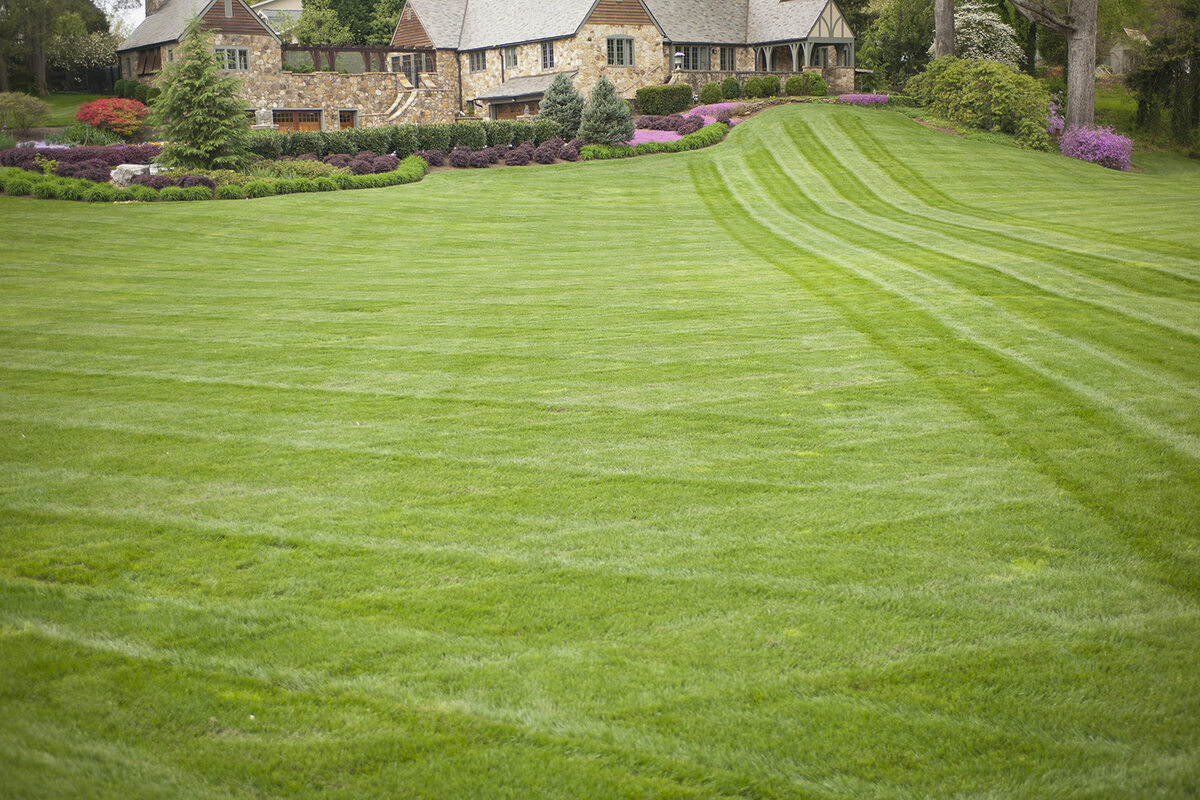
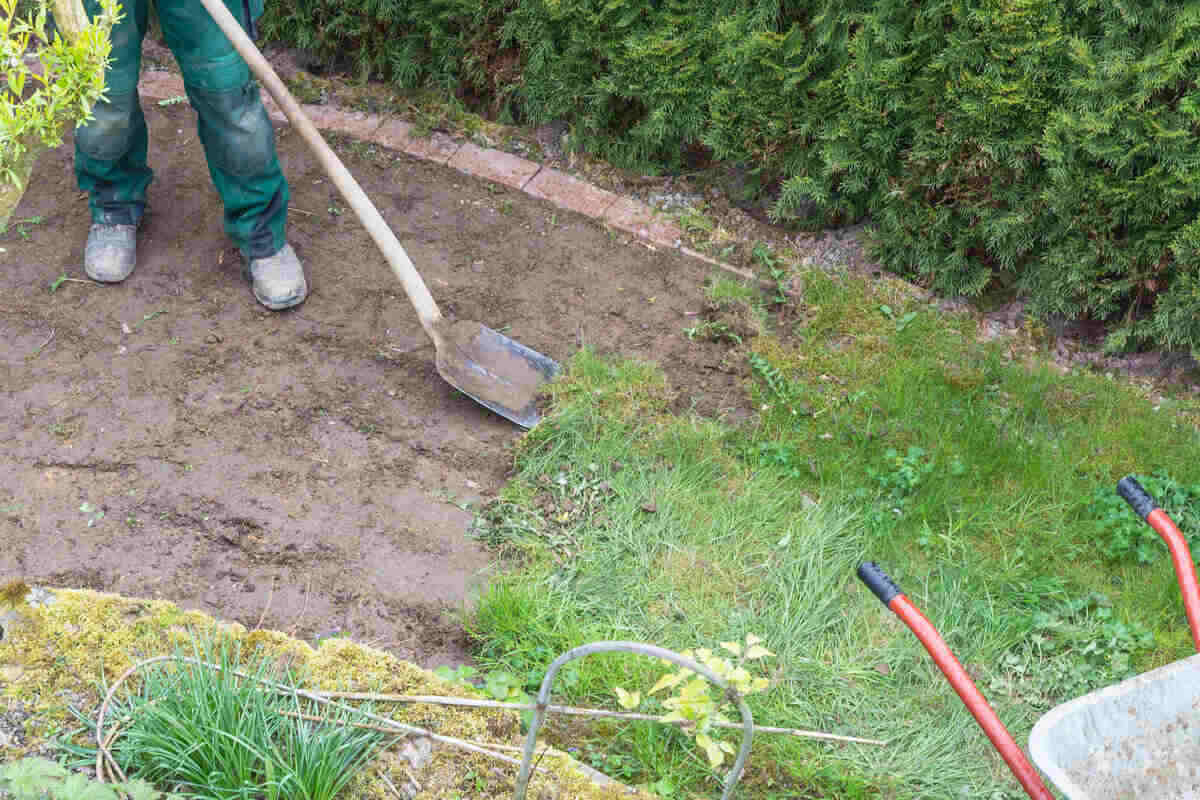
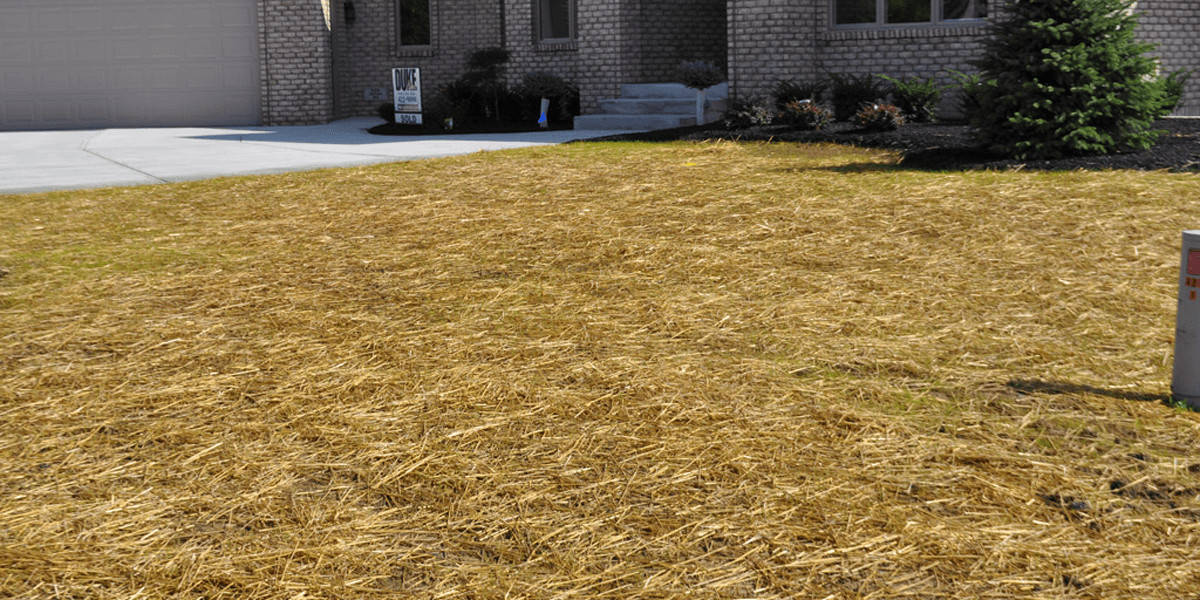
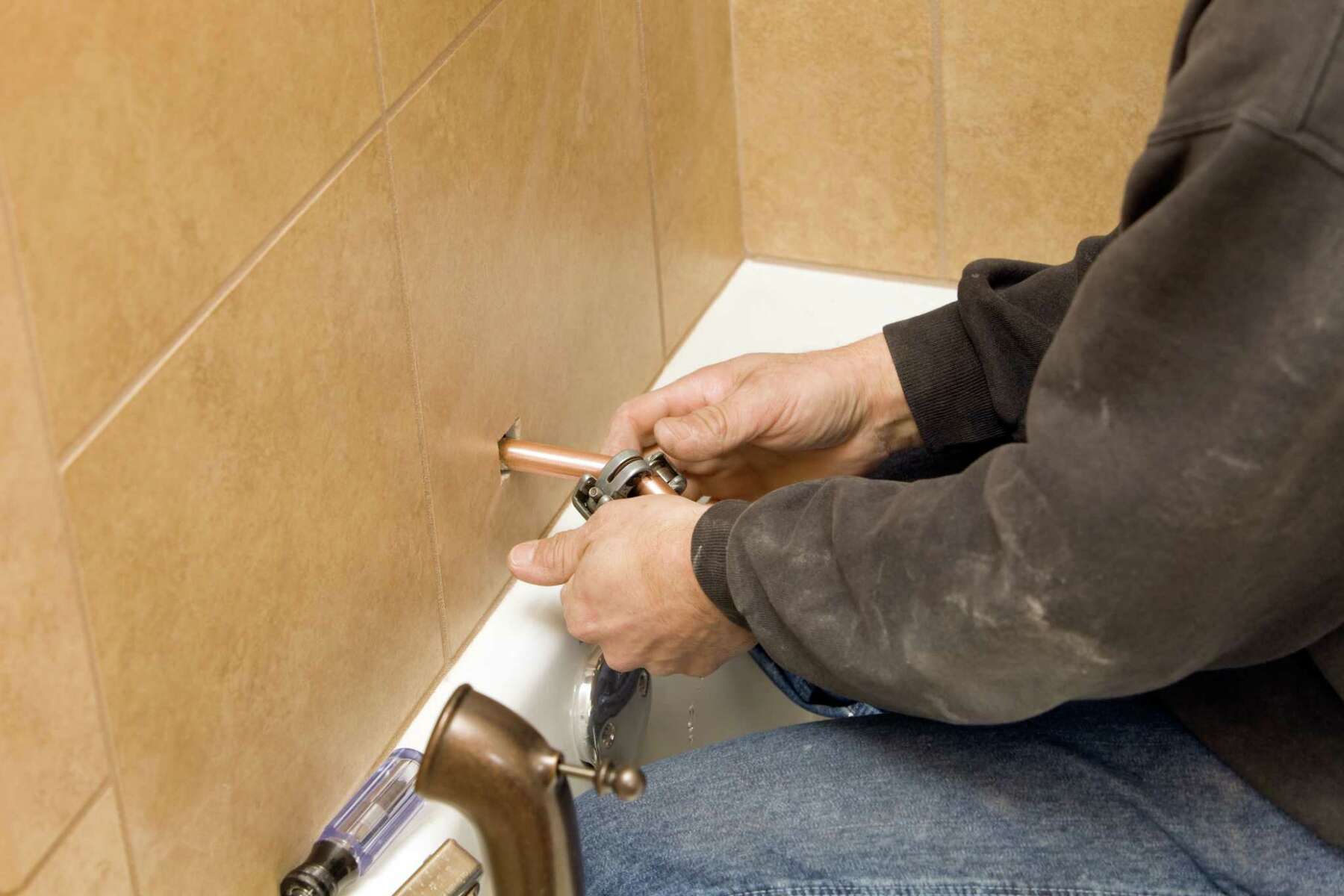
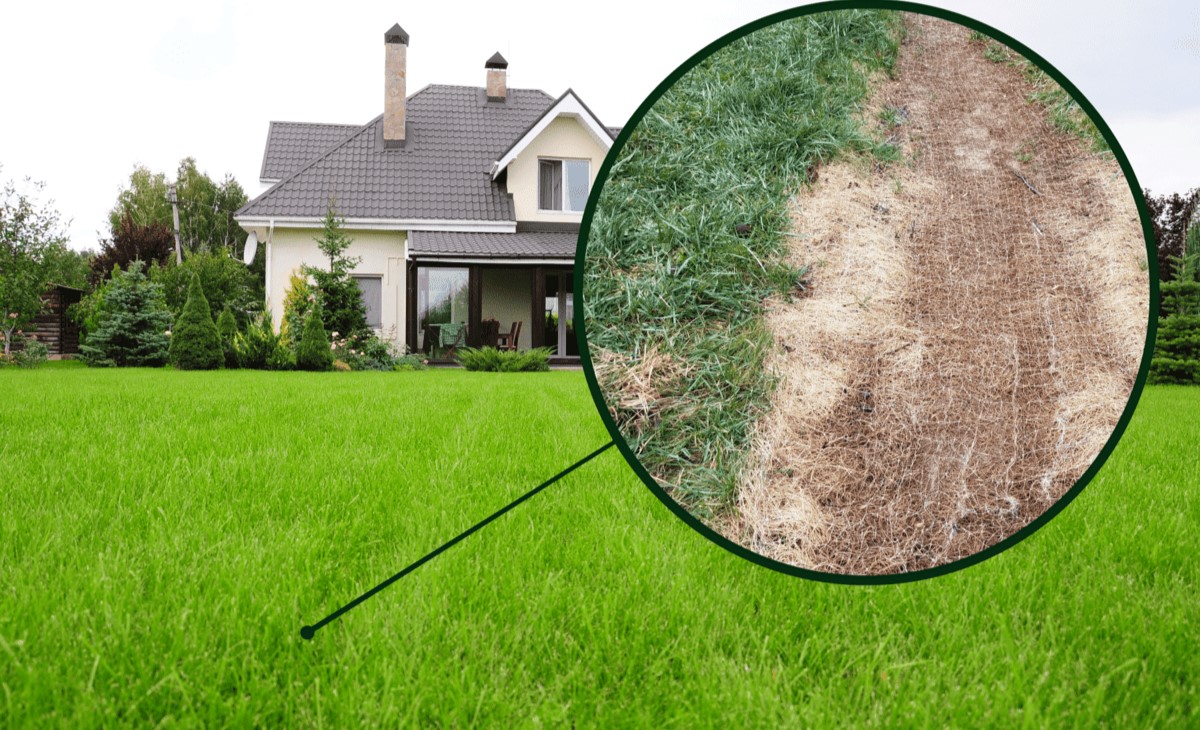
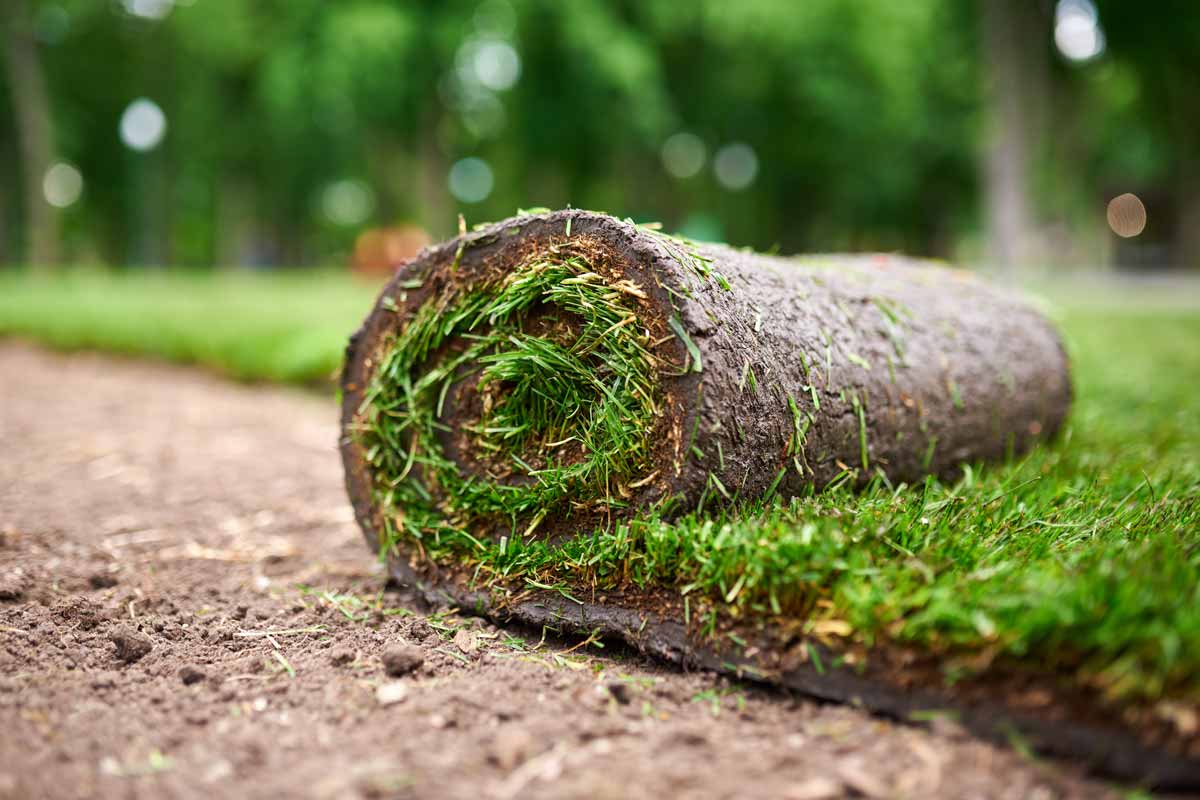
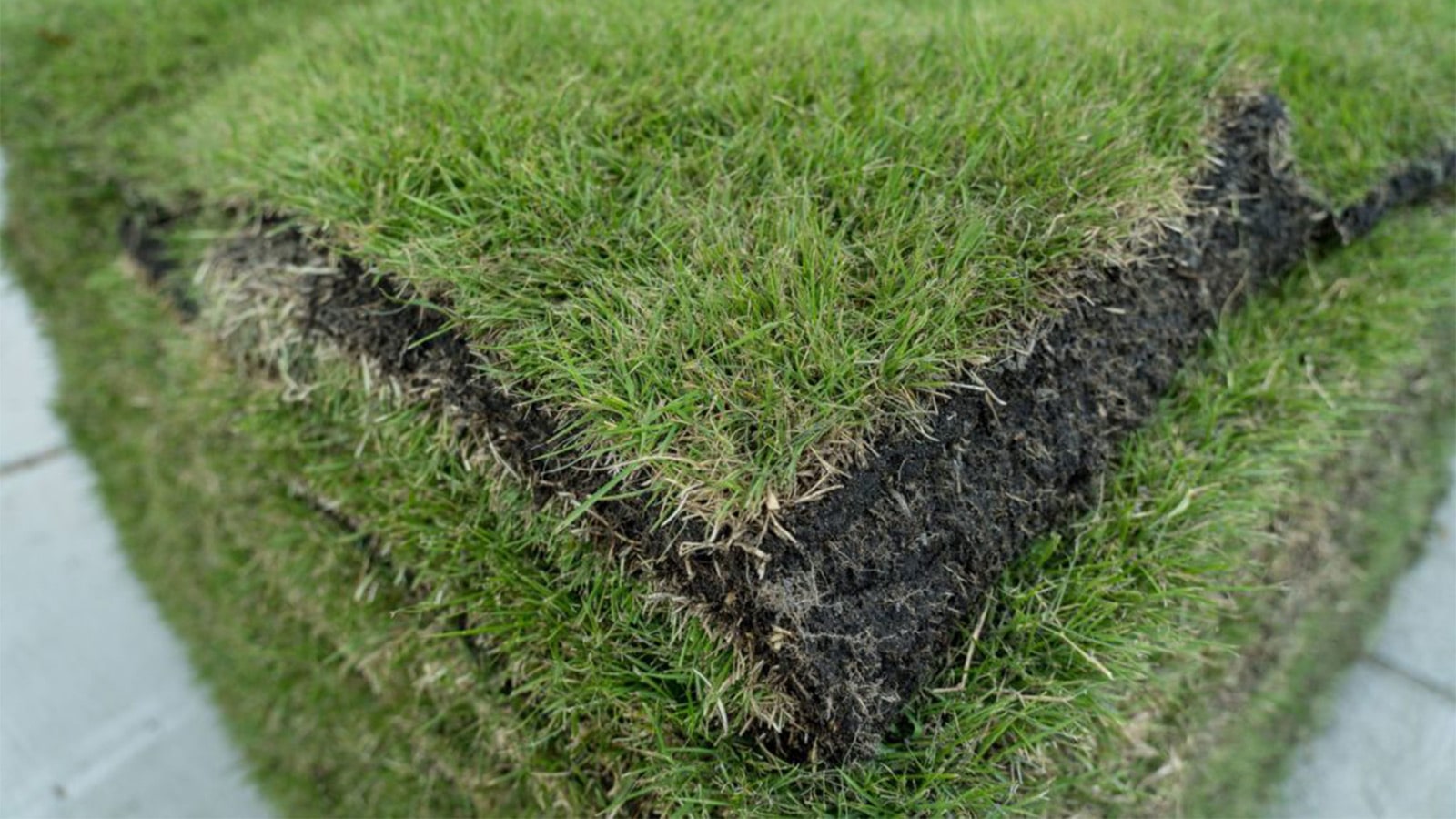

0 thoughts on “How To Remove Existing Grass For New Sod”